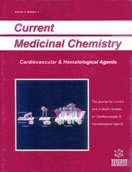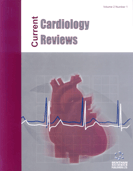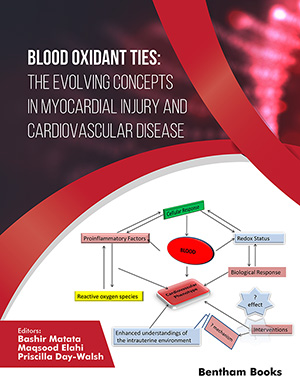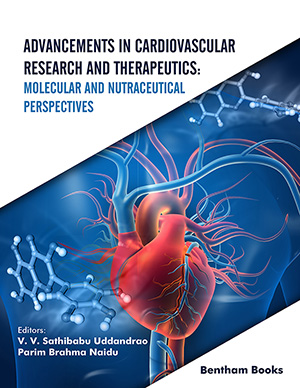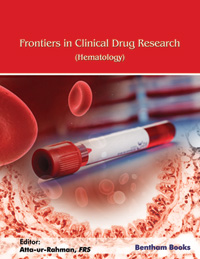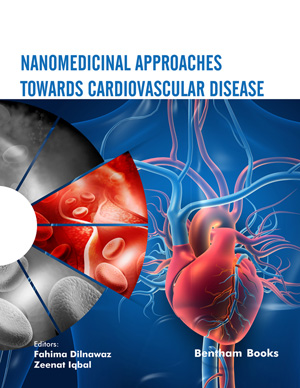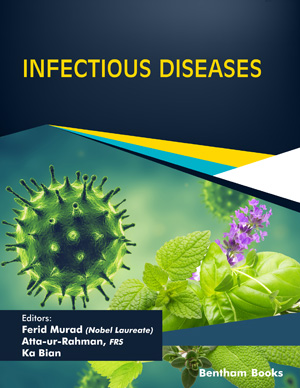Abstract
Angiotensin II plays a significant role in cell growth and proliferation in model systems and in humans. Numerous studies have shown that left ventricular hypertrophy (LVH) increases the risk of coronary heart disease, congestive heart failure, stroke or transient ischemic attack; all-cause deaths, and sudden death. The use of angiotensinconverting enzyme (ACE) inhibitors and angiotensin receptor blockers (ARBs) has provided beneficial effects on LVH regression and on cardiac remodeling in the presence of hypertension and heart failure. The new class of ARBs appears to provide cardioprotective effects that are similar to those of the ACE inhibitors. Most of the beneficial effects provided by these agents appear to be related to a more complete blockade of the angiotensin II type 1 (AT1) receptor. However, costimulation of the angiotensin II type 2 (AT2) receptor appears to increase nitric oxide and thus causes some bradykinin-like effects. Evidence for the role of angiotensin II in promoting LVH as well as abnormal regulation of the angiotensin II signal transduction pathways in model systems and in humans has been reviewed. Secondly, the mechanisms for the beneficial effects of angiotensin II receptor blockers studied in model systems and in humans, including possible involvement in the formation of reactive oxygen species by mononuclear cells, are presented. Finally, results from large-scale interventions such as the Losartan Intervention For Endpoint reduction (LIFE) study, as well as an overview of the Valsartan Antihypertensive Long-term Use Evaluation (VALUE) trial involving the use of ARB in highrisk patients, are presented.
Keywords: angiotensin II, hypertrophy, at1 receptor, at2 receptor, monocyte, oxidative stress, inflammation, c-reactive protein
 23
23

